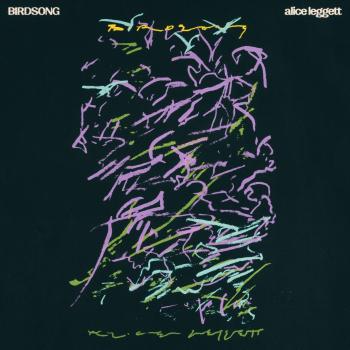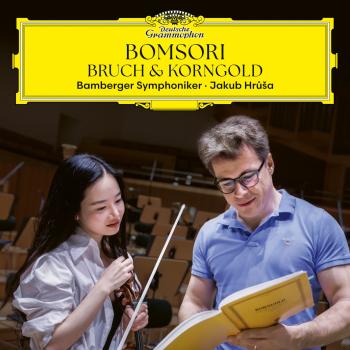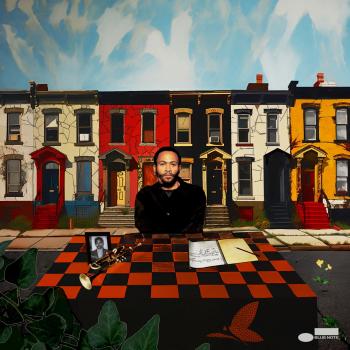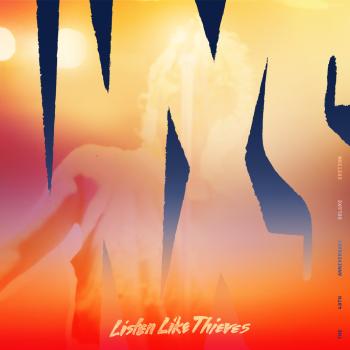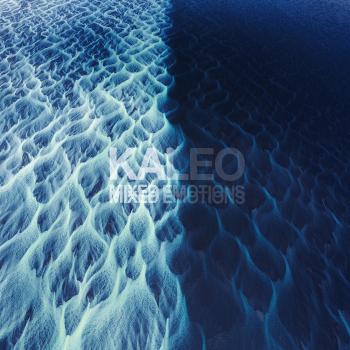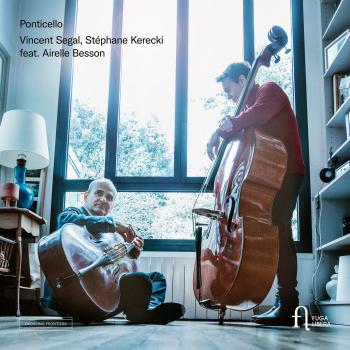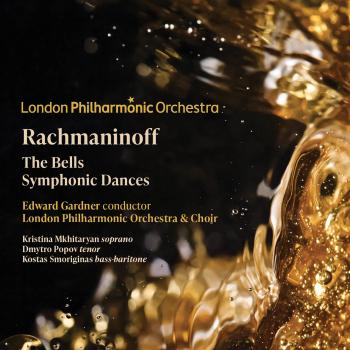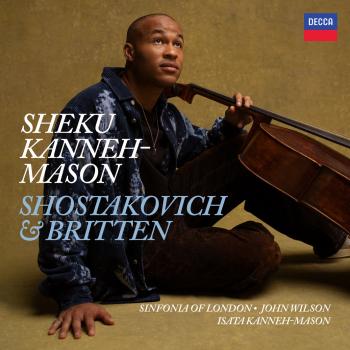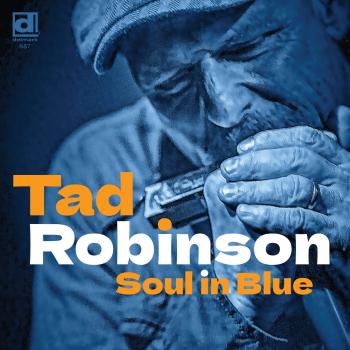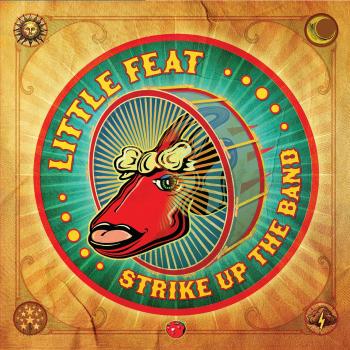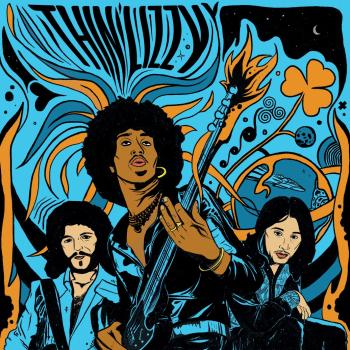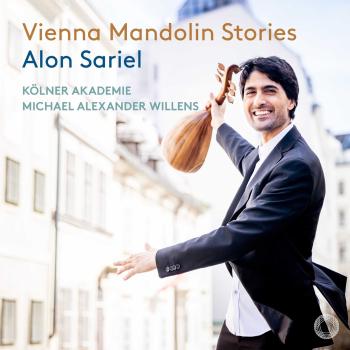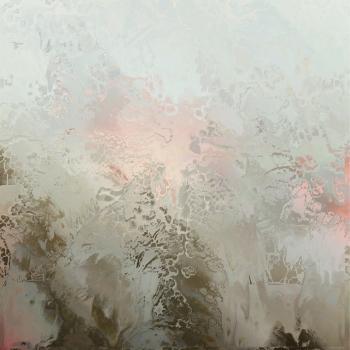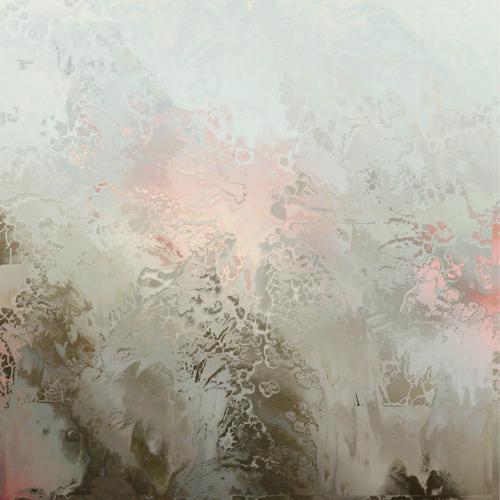
el espacio entre Raül Refree
Album info
Album-Release:
2023
HRA-Release:
20.01.2023
Album including Album cover Booklet (PDF)
- 1 Lamentos de un rescate 03:40
- 2 La plage 02:04
- 3 Montañas vacías 02:31
- 4 Lamentos de un día cualquiera 00:38
- 5 La radio en la cocina 04:25
- 6 Todo el mundo quiere irse ya 05:03
- 7 Casc i pluja 01:27
- 8 Amanece sin que nadie lo vea 03:50
- 9 Montañas vacías II 01:32
- 10 Lamentos de otro día cualquiera 00:41
- 11 Las migraciones nocturnas 02:57
- 12 Lo que esconden 04:13
- 13 No es tan fácil aquí 06:04
- 14 Una nueva religión 03:46
Info for el espacio entre
Acclaimed producer (Rosalia, Lina_Raul Refree) and in-demand collaborator (Lee Ranaldo, Richard Youngs) Raul Refree returns with his second solo album for tak:til/glitterbeat.
A kaleidoscopic but seamless mashup of soundtrack music, post classical meditations, Iberian traditional elements and experimental strategies.
Deeply immersive.
Raül Refree’s second solo album for Tak:til/Glitterbeat seems to lead a liminal existence. It belongs as much to the realms of post-classical meditations and soundtracks as to ancient Iberian traditions and experimental music. The title, Spanish for The Space Between, alludes to its spatial, temporal and conceptual inbetweenness. It is a kaleidoscopic music that oozes through crevices between here and there.
El espacio entre is the work of a musical auteur, who has made a name on the international music circuit as an acclaimed songwriter-producer-musician, co-creating highly innovative albums with Rosalía, Lina_Raul Refree, Lee Ranaldo (Sonic Youth), Richard Youngs and Rodrigo Cuevas (and many more). "There’s a lot of stuff on here that reflects everything I've done so far but also where I’m at the moment." The concept for the album emerged from his soundtrack for the restored early Spanish cinema masterpiece The Cursed Village (Florián Rey, 1930). "The film is about leaving your place to go look for a better life and the emptiness that grows from it. I decided the record’s gonna be about different kinds of emptiness. Like leaving your hometown, standing in front of an audience feeling completely alone or doing lame things that really leave you empty. It explores loss, the void that separates who we were and who we are."
Refree adheres to total creative freedom. "Many songs started from scratch. I’d just play around on the piano until something clicked, and then I gave these improvisations a more concrete shape." Some pieces like Lamentos De Un Rescate and La Plage have a different backstory. They represent his first attempt at re-composition. Refree took Monteverdi’s madrigal Lamento della ninfa and personally directed the performance. "The soprano singer interpreted it in its original form but I recomposed my recording. I manipulated it, playing with space, distorting it, adding textures, using FXs like reverb, delay and pitch-shifting to create the sense of an ever-evolving vocal line. The same melody processed in various ways can evoke different emotions. You can almost get a whole symphony from a single voice."
El espacio entre is a unified whole without centrepieces. "The compositions differ in length and structure but I feel they are organically connected. I’ve always been interested in creating a trip." Each piece functions like a specific image or disposition translated into sound. The short evocative song titles provide interesting interpretative angles. They capture the introspective nature of Refree’s musical expression, which is not preoccupied with epic arrangements or grand musical ideas. It is much closer to sonic poetry. "Use absolutely no word that does not contribute to the presentation [...] compose in sequence of the musical phrase, not in sequence of the metronome," wrote the leader of the the Imagist movement Ezra Pound in 1913. Refree’s approach to improvisation, composition and production resonates with the tenets of imagist poetry. "I’m not worried about length. I feel the freedom to play very "small" songs, which are empty and spacious. I love silence. I’m happy playing less. I love what I'm not playing. That’s why I pay attention to details. But I play everything the way I feel it. The piano sequence in Las Migraciones Nocturnas is unedited. It’s not played on a click."
His compositions unfold like a succession of transient images, each different to the one before. The short and sweet Lamentos De Un Día Cualquiera, a modern reimagining of baroque vocals accompanied by a processed viola da gamba and lute, beautifully captures his philosophy. "I like to use Joan Miró as an example. In later years, he’d just sit in front of a canvas for the whole day until he knew exactly how to proceed. He then stood up and added a tiny fraction to the whole. That’s what I’m trying to do. Use as few elements as needed to make it sound as good as possible." Certain elements simply must be included, though, like the evanescent trumpet line in La Plage. "It has to be what it has to be."
Recomposed madrigals coexist with hectic piano explorations (Montañas Vacías, Montañas Vacías II). La Radio En La Cocina, a pensive dialogue between lute, radio static, piano and marimba, gradually mutates into a post-rock crescendo. The immersive piece for prepared piano Todo El Mundo Quiere Irse Ya suddenly transitions into the The Durutti Column-inspired guitar sketch Casc I Pluja. It is the way he approaches rhythm, timbre, dynamics and texture that imbues his music with a sense of intimacy. His guitar meditations (Amanece Sin Que Nadie Lo Vea, Lo Que Esconden) bring to mind the music of Raphael Rogiński. In Las Migraciones Nocturnas, a Jon Brion-style soundtrack piece that disintegrates into agitated strings wailing, one can hear the echoes of his music for films. A similarly cinematic atmosphere is conjured in the composition No Es Tan Fácil Aquí. Yet the most surprising moment on the record arises in the epilogue Una Nueva Religión in which a mellow organ motif unexpectedly intertwines with Darkthrone-inspired metal blast beats.
El espacio entre is a sonic diary that may lead you to transformational events while riding the bus, train or plane, being in transit between one destination or another, the current and next version of you. "I think the only meaningful approach to music-making is to be personal. To show who you are through music. Experimentation isn’t about what’s supposed to be experimental. It’s about exploring yourself."
Raül Refree
No biography found.
Booklet for el espacio entre

